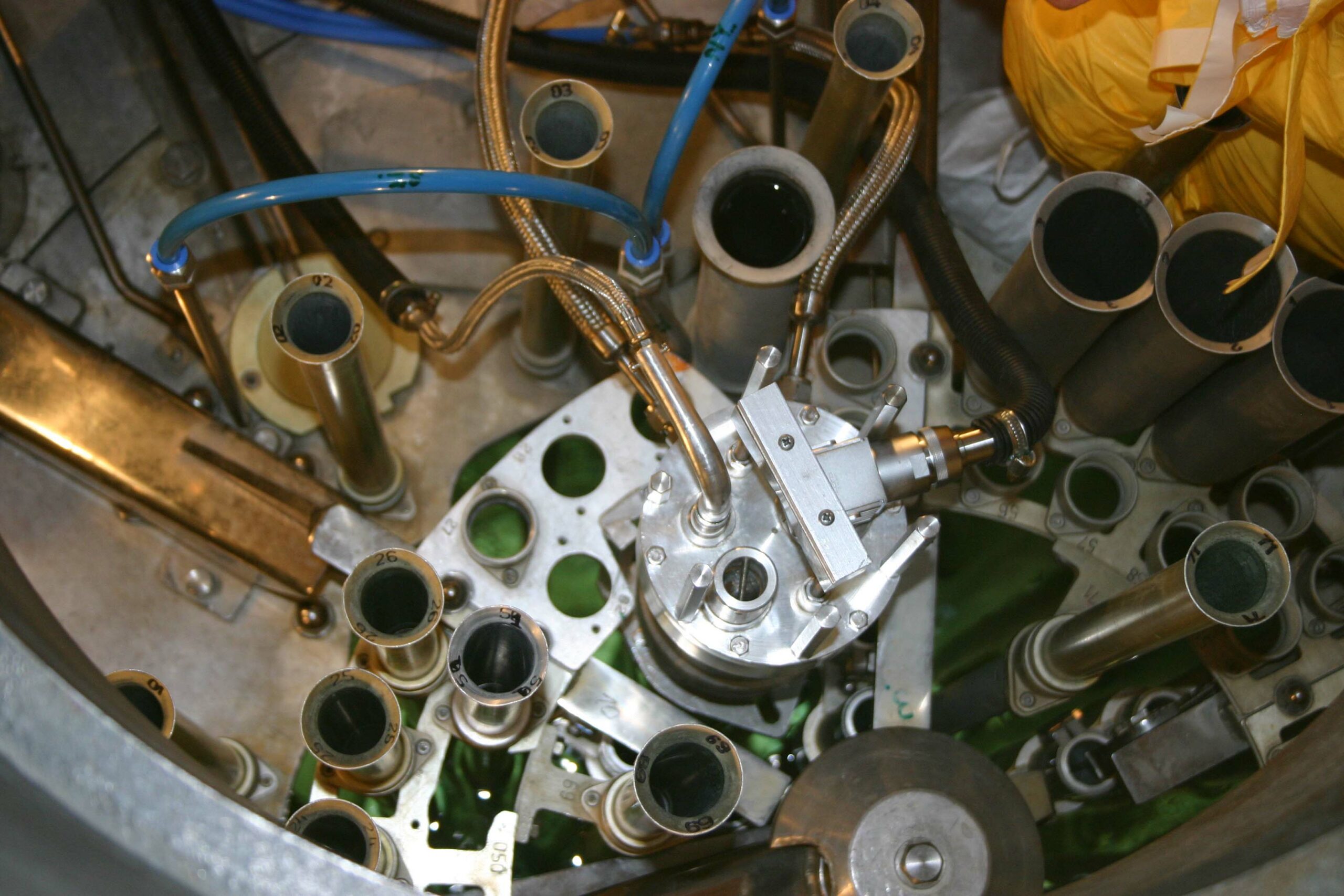- Name: Budapest Advanced Gas-cooled Irradiation Rig
- Technique: Material irradiation by neutrons
- Range of investigated features: Irradiation embrittlement of material
- Penetration depth: Full size
- Typical size of sample: 6 x 20 x 20 x 55mm3
- Measurable materials: Fission and fusion materials, devices
- bagira@bnc.hu

The BAGIRA (” Budapest Advanced Gas-cooled Irradiation Rig”) irradiation rig is used in material science research of fusion and fission materials to investigate the aging of materials. The Hungarian National Safety Authority permitted the installation into the reactor. Since 1998 three type of gas cooled irradiation rigs were operational at the Budapest Research Reactor. During this time about 39 different irradiation projects were performed, testing irradiation aging of reactor and fusion devices, structural materials, low alloyed and stainless steels, Al, Ti and W alloys and ceramics.
Presently the main interest of the nuclear industry is to develop fusion reactors and Generation IV reactors. To increase the efficiency and decrease the impact on the environment, there are a continuous demand for the investigation of the irradiation embrittlement of the materials that are able to satisfy this needs. Nowadays, only a few research reactors are operational in Europe. With BAGIRA, along with the hot laboratory and the existing know-how, BNC is capable to beneficially contribute to international research projects, as well as customized irradiation and post-irradiation studies in cooperation with several institutes and the nuclear power industry worldwide.
The BAGIRA rig is inserted in the core of the reactor. The rig can host samples at multiple levels. The maximum capacity of the rig is 6 x 20 x 20 x 55mm3. Specimen size and shape are variable according to the requirements, only the target sample holder is to be changed. The device is programmable, designed for automatic operation. The maximum neutron flux is 1.3*1018 n/m2sec (E>1MeV) at the middle of the axial height of the zone. The dose is monitored and irradiation environment is calculated by reactor modelling.